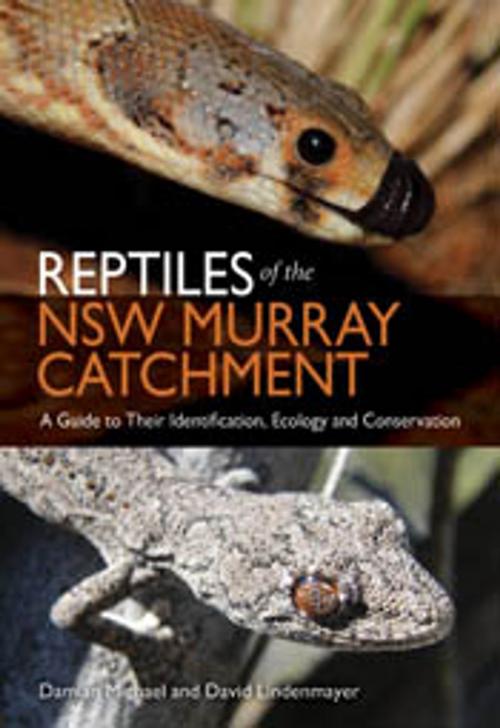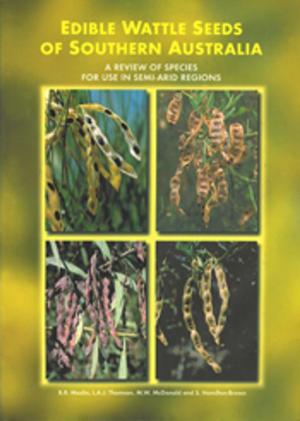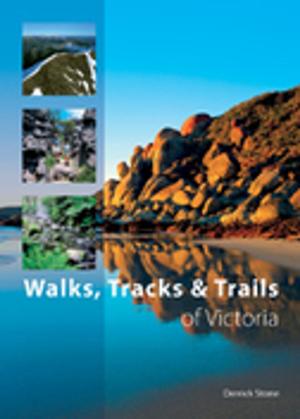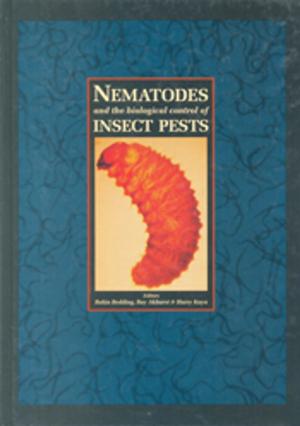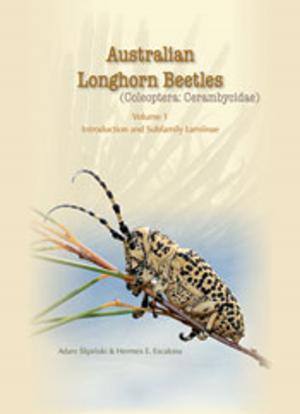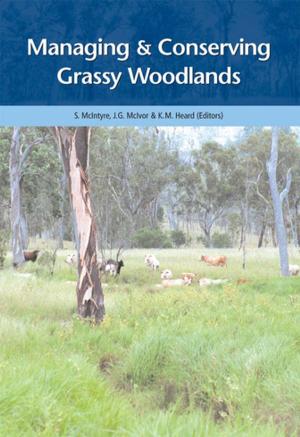Reptiles of the NSW Murray Catchment
A Guide to Their Identification, Ecology and Conservation
Nonfiction, Science & Nature, Science, Biological Sciences, Zoology, Nature| Author: | Damian Michael, David Lindenmayer | ISBN: | 9780643101890 |
| Publisher: | CSIRO PUBLISHING | Publication: | April 1, 2010 |
| Imprint: | CSIRO PUBLISHING | Language: | English |
| Author: | Damian Michael, David Lindenmayer |
| ISBN: | 9780643101890 |
| Publisher: | CSIRO PUBLISHING |
| Publication: | April 1, 2010 |
| Imprint: | CSIRO PUBLISHING |
| Language: | English |
This is an easy to use field guide for identifying the 80 reptile species currently known to occur in the Murray catchment area of New South Wales. Illustrated with high quality colour photographs, the book describes the key distinguishing features of each reptile and includes details on habitats and conservation status. Uniquely, it has a detailed chapter on how to conserve reptiles and manage key habitats, providing landholders and natural resource agencies with the knowledge to help conserve reptiles in agricultural farming landscapes. The up-to-date distribution maps are based on 10 years of extensive surveys and research on reptiles in the Murray catchment. The final chapter includes a section on similar looking species to further enable readers to accurately and quickly identify difficult species. Reptiles of the NSW Murray Catchment promotes a broad appreciation of reptiles in the region, and is a must-have for natural history enthusiasts.
This is an easy to use field guide for identifying the 80 reptile species currently known to occur in the Murray catchment area of New South Wales. Illustrated with high quality colour photographs, the book describes the key distinguishing features of each reptile and includes details on habitats and conservation status. Uniquely, it has a detailed chapter on how to conserve reptiles and manage key habitats, providing landholders and natural resource agencies with the knowledge to help conserve reptiles in agricultural farming landscapes. The up-to-date distribution maps are based on 10 years of extensive surveys and research on reptiles in the Murray catchment. The final chapter includes a section on similar looking species to further enable readers to accurately and quickly identify difficult species. Reptiles of the NSW Murray Catchment promotes a broad appreciation of reptiles in the region, and is a must-have for natural history enthusiasts.
